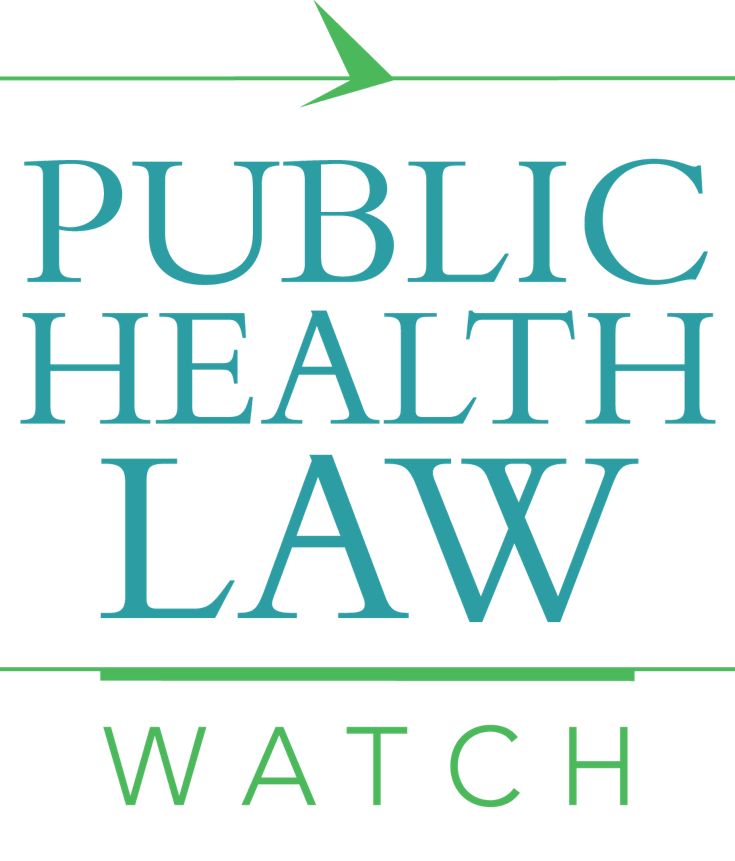Elisabeth Ryan, the head of Public Health Law Watch, wrote an essay about gun violence for the latest issue of the Northeastern Law Magazine.
Guns were never a part of my life. In the Massachusetts suburb where I grew up, my family did not go target shooting for sport and did not keep guns in the home for protection. The very idea of hunting was repugnant in our animal-loving household. In law school, my constitutional law classes never even mentioned the Second Amendment. My life was, in all tangible aspects, unaffected by guns. But when I worked as a public defender, I represented people who commonly faced rampant violence in their lives and neighborhoods. For them, guns were often just part of reality. When I worked as counsel in the Massachusetts Executive Office of Public Safety and Security, overseeing state gun laws, regulations and policies brought me into contact with a population of individuals for whom guns were a central part of their lives, both tangibly and symbolically.
I became aware that in the political world otherwise obsessed with firearms, recognition of gun violence as a public health issue was almost entirely absent. So after years of practicing law, I went back to school and earned my MPH to study just that.
My mission now sounds deceptively simple: change the narrative around firearms from a bitterly partisan “us versus them” fight into a shared goal of getting fewer people to die. To get closer to that goal, I think a few points are crucial to understand.
First, the Second Amendment is not unlimited, contrary to what the pro-gun lobby espouses. No right protected by the Constitution is unlimited. And until the Supreme Court decided D.C. v. Heller in 2008, the law wasn’t even clear that the Second Amendment protected an individual right to possess a gun, as opposed to a collective right for militias. In no way – now or ever –does the Second Amendment preclude stronger gun laws aimed at saving lives.
Second, the federal government essentially prohibits the Centers for Disease Control and Prevention (CDC) from conducting research on gun violence and that needs to change. In the 1990s, Congress deemed that a recent federally funded study that showed an association between guns in the home and increased homicide rates was anti-gun advocacy. It subsequently stripped the CDC budget of the money previously allocated for firearms violence research and inserted a clause saying that no money “may be used to advocate or promote gun control." That clause has remained in every single federal budget since 1996. The federal government needs to affirmatively fund research into a crisis that kills 30,000 people per year. Refusing to do so devalues tens of thousands of lives.
Finally, some people will always value owning guns more than they value human lives and no amount of data or evidence will convince them otherwise. But that doesn’t hold true for most gun owners. Saving lives by preventing gun violence does not mean having to eschew gun ownership. It can mean doing research, treating gun violence as a public health issue, increasing technological safety advances or tightening regulations on gun purchasing and storage. It can start with laws, but also with friends, with gun dealers and with health care workers. If we can all make the goal "let's get fewer people to die," I have no doubt that we can accomplish it.
The original essay published in the Winter 2018 issue of Northeastern University School of Law Magazine can be found here.
